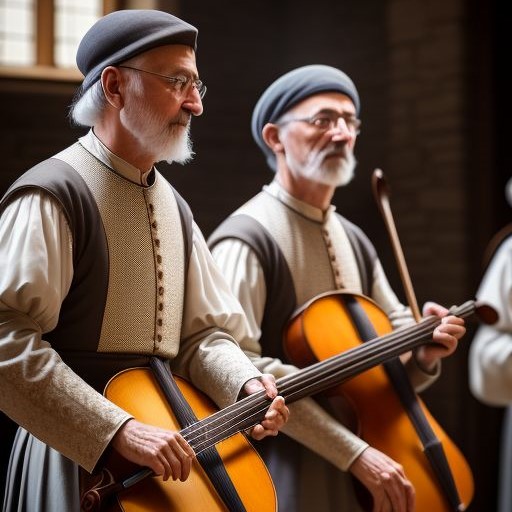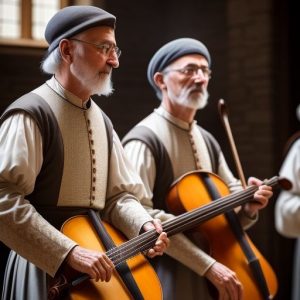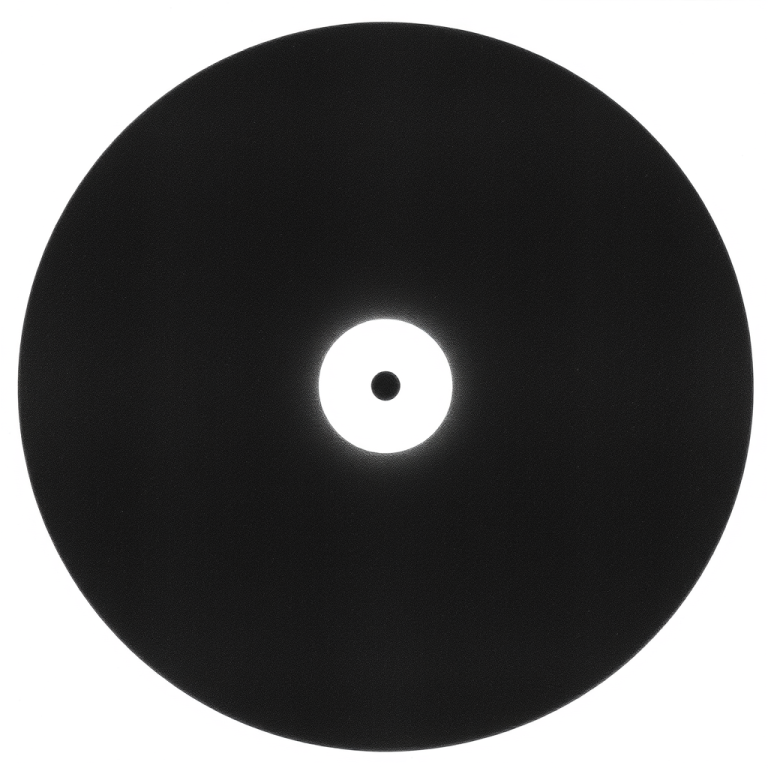
In the annals of musical history, few instruments have captured the imagination quite like the ‘Dublonium Strudinarium’. This fictitious instrument, hailing from the Shakespearean era, was unique in its requirement for two players in tandem, creating a symphony that was as much about unity and harmony as it was about music.
A Unique Creation
The Dublonium Strudinarium was a marvel of design and craftsmanship. It was a large, double-bodied instrument with Cello-like properties. The Strudinarium was not a mere instrument; it was a testament to the artistic prowess of the time.
The Symphony of Two
What set the Dublonium Strudinarium apart was its requirement for two players. Each player would sit on either side of the instrument, their hands dancing over the keys in a choreographed ballet of movement. This dual-play system was not just for show; it was integral to the sound the Strudinarium produced. The harmonious interplay between the two players created a rich, layered melody that was impossible to replicate with a single player.
The Sound of the Strudinarium
The sound of the Dublonium Strudinarium was as unique as its design. It produced a deep, resonant tone that could fill a room, yet it also had the ability to whisper soft, delicate notes that could barely be heard. This range of sound, combined with the harmonious interplay between the two players, gave the Strudinarium a symphony all its own.
The Legacy
The Dublonium Strudinarium, despite its fictitious origins, serves as a symbol of the power of collaboration and unity in creating something beautiful. It reminds us that music, at its core, is about connection – between players, between the musician and the listener, and between the notes themselves.
In the end, the Dublonium Strudinarium may not have been a real instrument from the Shakespearean era, but the idea it represents – of unity, harmony, and the symphony of collaboration – is as real and as relevant today as it ever was.




Some truly wonderful articles on this internet site, regards for contribution. “I finally know what distinguishes man from other beasts financial worries. – Journals” by Jules Renard.